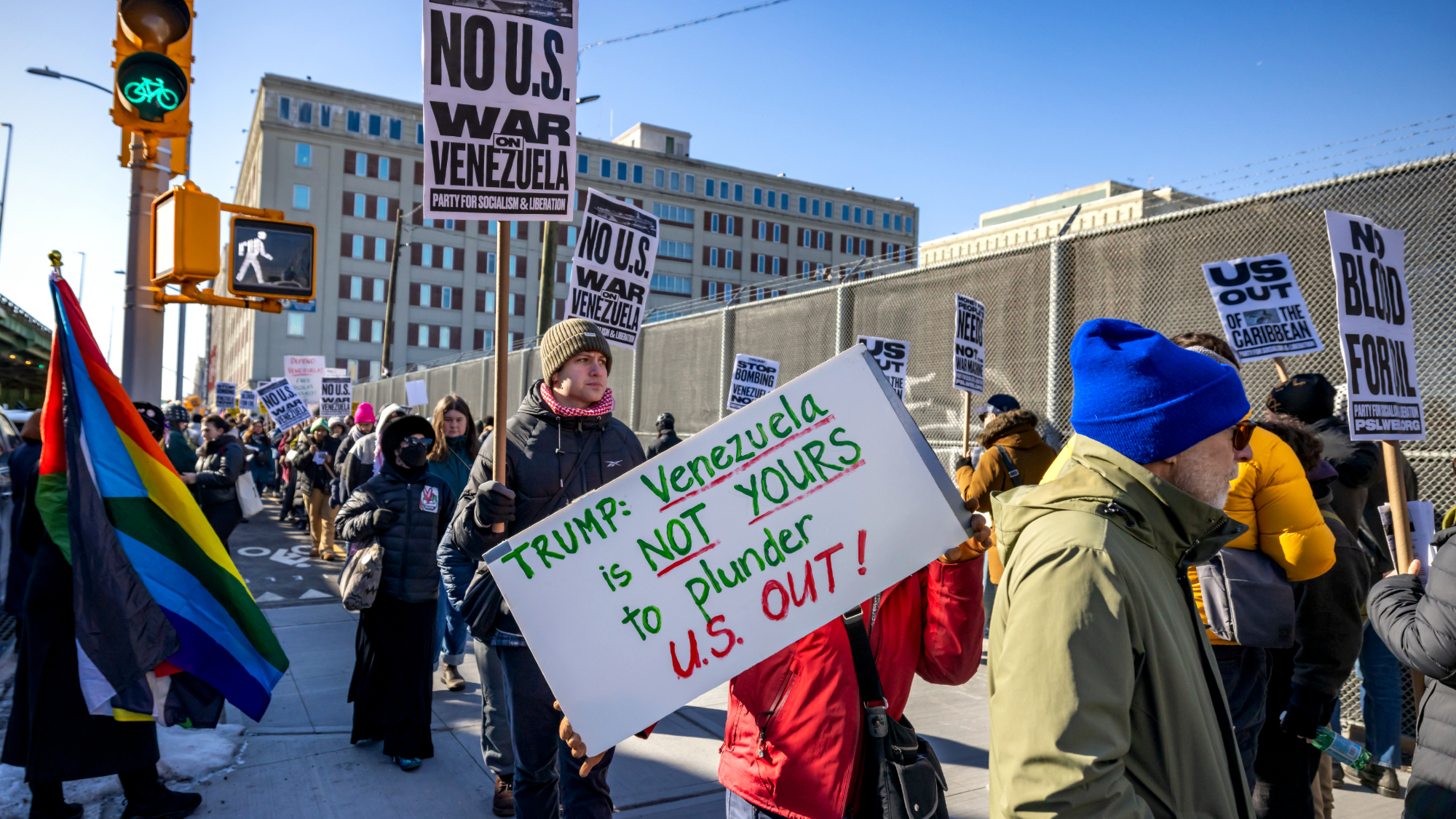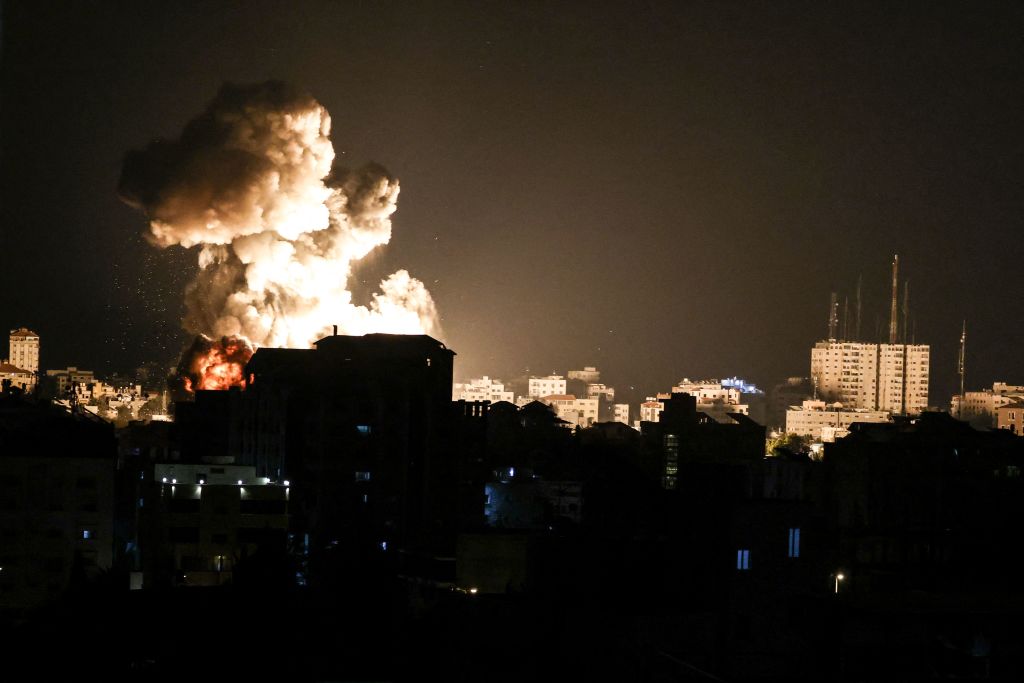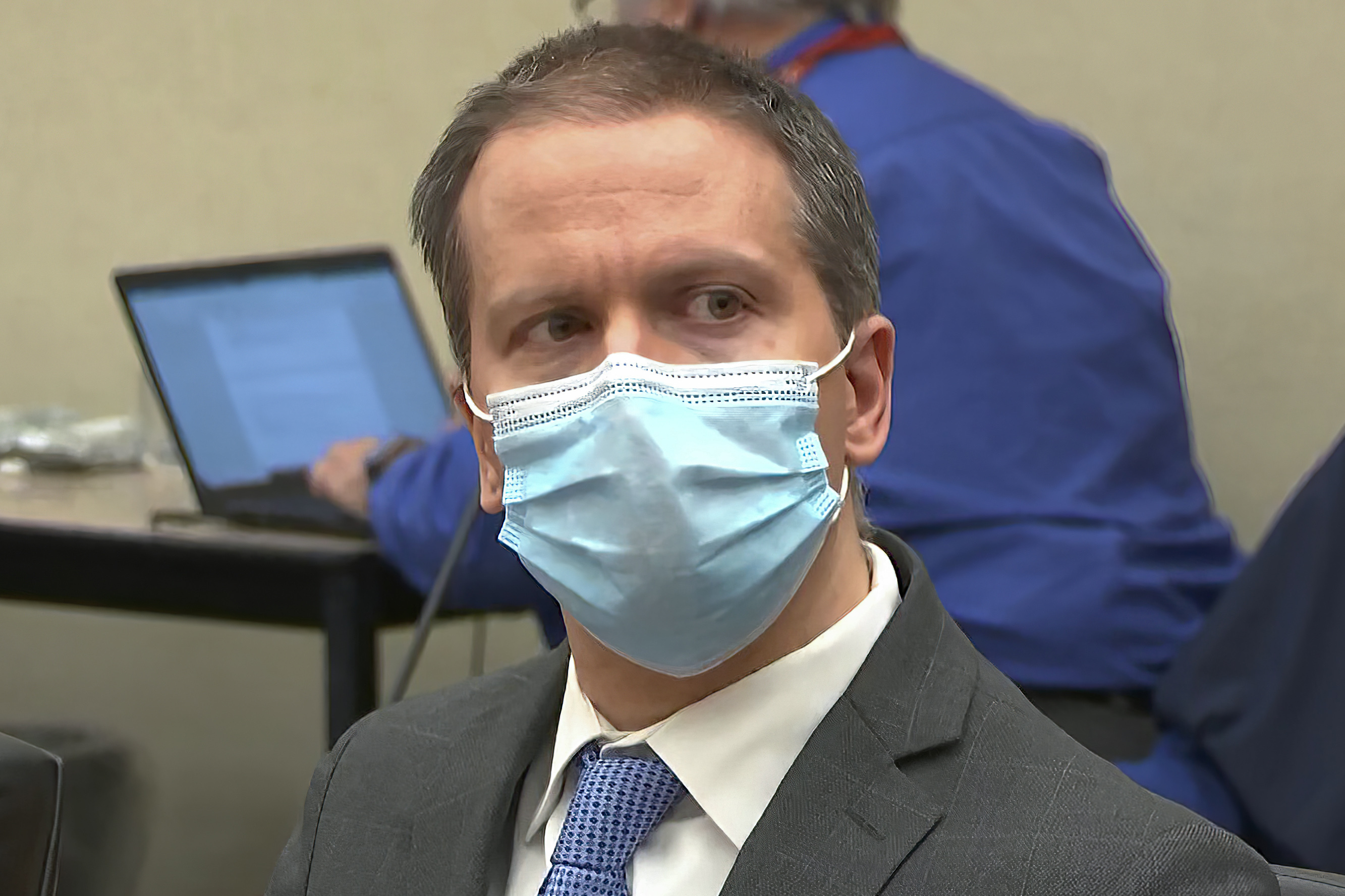India's graves of cotton
In India's family-run cotton fields, a lethal concoction of debt, drought, and despair has led to a nationwide epidemic of suicide by forlorn farmers


Rahul Udebham's wife tells me about the morning before it all happened, when the loan shark came to claim payment of all the debts, how he paced like mad among the cotton plants screaming: "If you don't pay, this land will be mine!"
That same evening her husband disappeared and came back hours later, drunk, covered in mud and with bruises on his hands. Then, she says, he left the house that night as if he was walking towards a deep emptiness, until he got lost in a shiver of stars. The next morning, with the first light, she found him writhing in agony, on his last gasps of life.
(More from Narratively: Inside ISIS: the making of a radical)
The Week
Escape your echo chamber. Get the facts behind the news, plus analysis from multiple perspectives.

Sign up for The Week's Free Newsletters
From our morning news briefing to a weekly Good News Newsletter, get the best of The Week delivered directly to your inbox.
From our morning news briefing to a weekly Good News Newsletter, get the best of The Week delivered directly to your inbox.
His widow tells me that he died after a single long gulp. Sobbing, she says that Rahul, 35, was a devoted father, respected by all in Madni, a hamlet in the Vidarbha cotton-growing region, right at the center of India. In a sad voice she explains that they could see this tragedy coming because the poor economic prospects of the last few years announced nothing but ruin. The drought had killed all the crops. This meant no income at all, which in turn made it impossible to repay the debts. Rahul could not stand the prospect of losing his land to the loan sharks. Indeed, she says, what he lost in the end was hope. One small bottle of pesticide was enough to take his life away.
More than 270,000 Indian farmers, according to the National Crime Records Bureau, have taken their own lives between 1995 and 2011. Fourteen thousand did so in 2011 alone, or one every 37 minutes. In India, farmers represent nearly 70 percent of the country's population. Regardless of the giant steps this emerging nation has taken towards modernization, of its 1.2 billion people, some 850 million still rely on farming for a living.
(More from Narratively: Finding the fountain of youth in an ancient Irish bog)
Rahul's death took place just two weeks before my interview with his wife. In fact, I arrived in Madni the same day his dying body had been found. Outside Rahul's house, neighbors whispered and waited for the corpse to be returned from the morgue. His family welcomed me in, despite how recent their tragedy was. They wanted the world to know. Then, before the heat could knock us all out, the whispers grew to a shout. An explosion of grief received the van carrying the corpse. The women cried for him, a river of sorrow that he had not let flow. They honored the deceased with garlands of orange flowers and wrapped the body in white cotton sheets, the same cotton that used to provide the people here with a living. His two sons cried beyond consolation, fear showing in their eyes, while the widow passed out often in the arms of other women. Men, on the contrary, stood silent, composed, their chins pressed against their chests. As soon as the body was ready, they were the ones who formed the funeral party and took it, on a wooden stretcher, to the empty field where cremation would take place.
A free daily email with the biggest news stories of the day – and the best features from TheWeek.com
The decline of the Indian farming sector began in the 1970s. At that time, most of the rural population lived scattered in small villages and had never used chemicals on their crops before. For them, manure from their cows was the best fertilizer, and neem trees, birds or plant rotation the most effective herbicides. But then the Indian government began the "Green Revolution," fostering the use of hybrid seeds and chemicals (fertilizers, herbicides, pesticides) with the aim of increasing the country's crop yield. In the short term this resulted in larger crops, especially in those regions with regular rainfall.
(More from Narratively: The mysterious sea ape of the Aleutian archipelago)
But this growth was not sustainable in the medium term. Brahmachari Eknath of the Mata Amritanandamayi Math Foundation, a charitable organization devoted to environmental research and promoting farmers' empowerment, says that "after some time it was impossible to avoid salinization, depletion or over-exploitation of aquifers, together with heavy pollution of soil and water with pesticides." This in turn resulted in a significant decrease of crop yields, especially in areas like Vidarbha that have a natural water deficit.
Far from solving the problems in the sector, the authorities took yet another step in the wrong direction by the end of the '80s. As the economic deficit of India was rather large, the government resorted to the International Monetary Fund and the World Bank for credit, which was granted in exchange for applying the usual "plans for structural adjustment." These included the privatization of the public institutions involved in farming, cutting back state funding for agricultural activities, deregulation of prices and removal of protective laws on the sector and custom tariffs. This allowed for the free flow of foreign farming products to India's internal market.
The cutback of state funding, together with the removal of tariffs, was the death knell for many small local farmers. According to Palagummi Sainath, farming affairs editor for the Indian newspaper The Hindu, "the price of many foreign products is kept artificially low, due to governments subsidizing their farmers." Local producers cannot compete and this results "in a huge gap between income and expenses," as S. Mohanakumar, a lecturer at the Institute of Development Studies in Jaipur, puts it.
How can farmers overcome this situation? Resorting to credit. Of course, this does not solve anything. It only buys time, and it has a snowball effect. The problem gets bigger as the months go on and at some point it becomes untenable.
Read the rest of this story at Narratively.
Narratively is an online magazine devoted to original, in-depth and untold stories. Each week, Narratively explores a different theme and publishes just one story a day. It was one of Time's 50 Best Websites of 2013.
-
 How robust is the rule of law in the US?
How robust is the rule of law in the US?In the Spotlight John Roberts says the Constitution is ‘unshaken,’ but tensions loom at the Supreme Court
-
 Magazine solutions - December 26-January 2
Magazine solutions - December 26-January 2Puzzles and Quizzes Issue - December 26-January 2
-
 Venezuela ‘turning over’ oil to US, Trump says
Venezuela ‘turning over’ oil to US, Trump saysSpeed Read This comes less than a week after Trump captured the country’s president
-
 'Once the best in the Middle East,' Beirut hospital pleads for fuel as it faces shutdown
'Once the best in the Middle East,' Beirut hospital pleads for fuel as it faces shutdownSpeed Read
-
 Israeli airstrikes kill senior Hamas figures
Israeli airstrikes kill senior Hamas figuresSpeed Read
-
 An anti-vax conspiracy theory is apparently making anti-maskers consider masking up, social distancing
An anti-vax conspiracy theory is apparently making anti-maskers consider masking up, social distancingSpeed Read
-
 Fighting between Israel and Hamas intensifies, with dozens dead
Fighting between Israel and Hamas intensifies, with dozens deadSpeed Read
-
 United States shares 'serious concerns' with Israel over planned evictions
United States shares 'serious concerns' with Israel over planned evictionsSpeed Read
-
 Police raid in Rio de Janeiro favela leaves at least 25 dead
Police raid in Rio de Janeiro favela leaves at least 25 deadSpeed Read
-
 Derek Chauvin's attorney files motion for new trial
Derek Chauvin's attorney files motion for new trialSpeed Read
-
 At least 20 dead after Mexico City commuter train splits in overpass collapse
At least 20 dead after Mexico City commuter train splits in overpass collapseSpeed Read